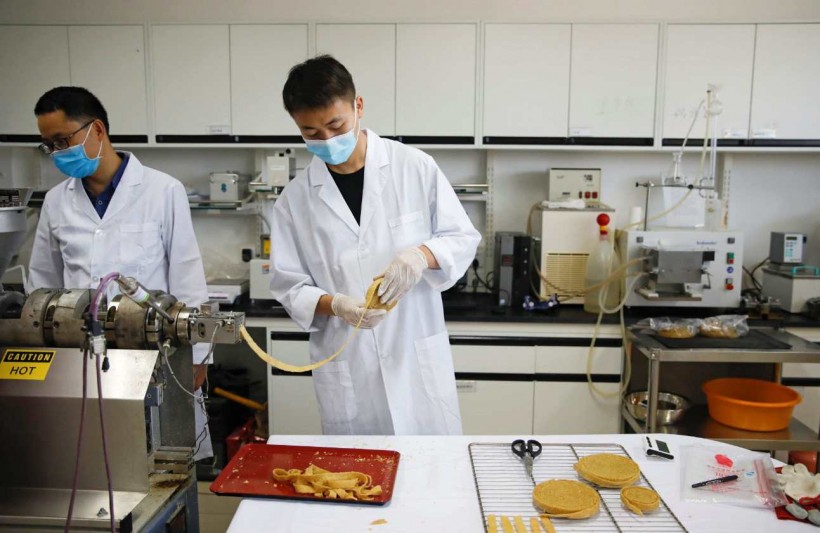Recently, a fake "Asian restaurant" listing on Google Maps and Instagram was made intended as a joke was offering "mouse tail salad" and "marinated ostrich foreheads." Although it may only seem like a joke to others, it is a despicable example of the prevalence and perpetuation of anti-Asian racism that is present today due to the pandemic.
This kind of behavior breeds an unpleasant and very uncomfortable work environment for Asian researchers. More importantly, since COVID-19 originated in Wuhan, China, Asian researchers have struggled with the growing bigotry towards them in addition to avoiding getting infected from the virus.
There were many reports that Asian researchers have been receiving racism-fueled verbal and physical attacks and have bee sing the terms "Chinese virus" and "Kung flu" to describe COVID-19, which alarmed many Asians living in the country as they have been receiving anti-Asian racism attacks.
Unfortunately, this is not the first time that it happened. This anti-Asian racism has a long history.

A food scientist rolls texturized vegetable protein, which is the base of the plant-based meat products offered by Zhenmeat, during a demonstration for the media of the production process in a lab at the Chinese Academy of Agricultural Sciences in Beijing
Anti-Asian Hate Crimes Worsen During the Pandemic
According to an academic paper that examines the history of anti=Asian hate crimes during a health crisis, this phenomenon is nothing new. The study, published in the peer-reviewed American Journal of Criminal Justice, investigated how anti-Asian hate crimes during the pandemic have worsened the historical discrimination on Asian Americans.
Anti-Asian hate crimes include verbal harassment and physical violence. Study co-author Shannon Harper, assistant professor of criminal justice at Iowa State University, said that COVID-19 has allowed racism and xenophobia to spread because everyone these days is looking for someone to blame. Hence, the increase in anti-Asian hate crimes these days.
It also does not help that influential figures, such as politicians, use derogatory terms like "China virus" to inappropriately associate the disease with ethnicity, placing the blame of COVID-19 to China where the first case was recorded. This resulted in unwarranted suspicion and fear toward Asian Americans that cultivate hate crimes.
Read Also: NASA to Remove "Insensitive" and "Harmful" Names
History of Anti-Asian Racism Discrimination
The authors of the study found that harassment and violence towards Asian Americans had existed since the Gold Rush in the mid-1800s, the time when the first large group of Asians went to America.
Eventually, individual racism and xenophobia continued to the 20th century due to the "yellow peril" myth and the Japanese concentration camps of the US government during World War II. In 1965, the Immigration Act led a wave of East Asians to the US, which was then called the "model minority."
Newcomers of all ethnicities have historically experienced discrimination and blame for infectious diseases. That means COVID-19 is not the first disease that was associated with Asian Americans.
The authors said that during the bubonic plague in San Francisco in 1900, Chinese residents in China Town were quarantined. Then the SARS outbreak in the early 2000s did not help as well, as East Asians continued to receive discrimination and stigmatization worldwide.
Even today, as COVID-19 plagues the world, racist policies and political rhetoric towards Asian Americans still existed. It is important to stop these anti-Asian hate crimes as well as preventing COVID-19 from spreading.
Read More: How Racial Discrimination Leads to Poor Health Among Marginalized Groups
Check out more news and information on COVID-19 on Science Times.














